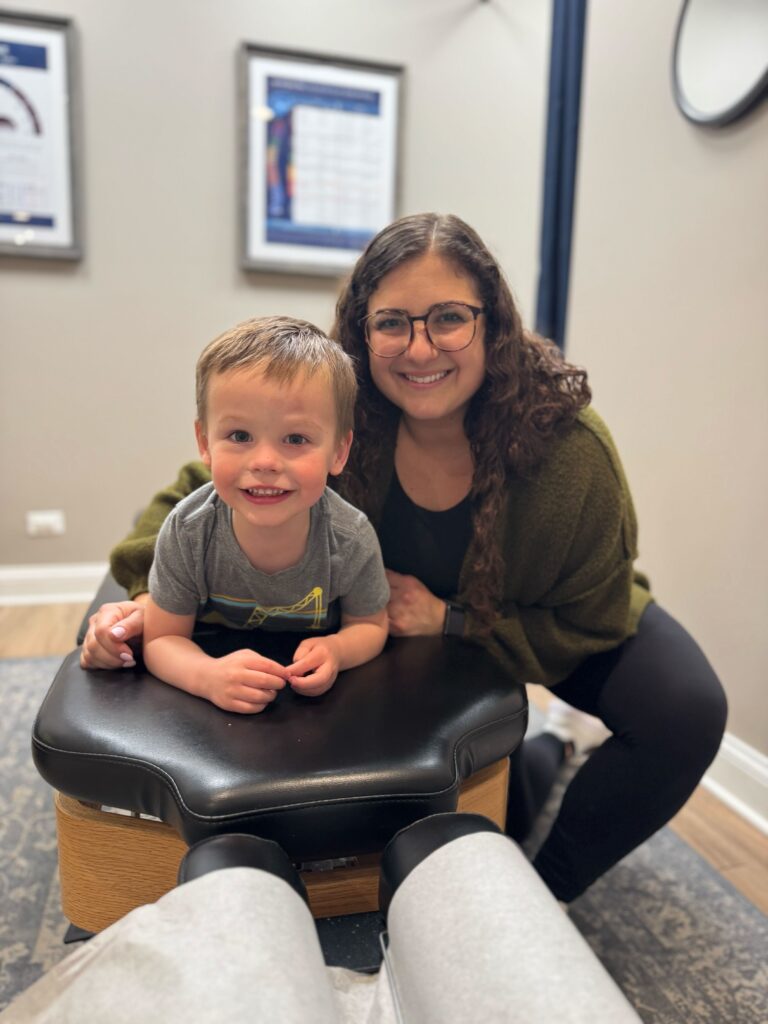
Let me guess… your child doesn’t just have one speed.
One moment, they’re bouncing off the walls — shouting, spinning, climbing on furniture, and melting down when something doesn’t go their way.
The next moment? They’re completely zoned out and disconnected. Blank stare. Can’t follow instructions. It’s like they’re in the room… but not really there.
You’ve tried the parenting books, the behavior and reward charts, maybe even medications — and still, you’re left asking – Why is my child like this?
And more importantly… How do I actually help them?
Looking Beyond the Labels to Find Real Answers
Here’s the truth that most traditional approaches miss: what we label as ADHD or ADD is often just the tip of the iceberg. Underneath those labels are two very different nervous system patterns – what we call “Raging Bulls” and “Drunken Bulls.”
Understanding these patterns helps us make sense of not just the symptoms and everyday challenges, but most importantly, the nervous system dysregulation that’s actually causing them.
The “Raging Bull” vs. “Drunken Bull”: Two Sides of the Same Coin
The “Raging Bull” ADHD Type
This child is stuck in “on” mode – flooded with energy, impulsivity, and big emotions that can’t be controlled. They’re constantly moving, talking, fidgeting, and struggling to slow down. Traditional approaches often focus solely on “managing” these behaviors rather than understanding why they’re happening.
The “Drunken Bull” ADD Type
This child is often shut down, exhausted, foggy, slow to process, and overwhelmed by everything around them. They may appear “lazy” or unmotivated when in reality, their nervous system is struggling to engage properly. This type was formerly known as ADD but is now classified as predominantly inattentive ADHD in modern diagnostic terms.
What’s fascinating – and what many parents don’t realize – is how often these patterns evolve into each other over time. The hyperactive child can develop attention issues as they become frustrated with academic challenges, while the inattentive child can become hyperactive from the built-up stress and anxiety of constantly struggling.
The Concerning Reality of Current Approaches
According to the CDC, an estimated 7 million children in the United States have been diagnosed with ADHD. Approximately 3.5 million of these children (about 69%) are currently prescribed medication for the condition.
While medications work for some children, they often come with concerning side effects:
- Sleep problems and insomnia
- Appetite suppression
- Emotional dysregulation and irritability
- Anxiety and nervousness
- Tics or involuntary movements
- Persistent headaches
- Stomach pain and nausea
- Increased blood pressure and heart rate
- Social withdrawal or “zombie-like” behavior
Most importantly, these medications do not address the root cause — which is often a stressed, dysregulated nervous system. This can lead to a cycle of chasing symptoms, adjusting dosages, or adding more medications to address side effects.
Understanding the True Neurological Roots
At the core of both ADHD presentations lies a complex interplay of neurological factors that impact a child’s ability to regulate attention, behavior, and emotions.
The three key elements we find most often are:
- Subluxation & Sympathetic Dominance: Misalignments, tension, and restricted mobility within the neurospinal system that interfere with how the brain and body communicate. These physical disruptions, often stemming from birth trauma or early injuries, create “noise” in the nervous system.
- Nervous System Dysregulation & Dysautonomia: When subluxation persists, it throws the autonomic nervous system out of balance, often leaving children stuck in a heightened “fight or flight” response that makes calm focus nearly impossible.
- Vagus Nerve Dysfunction: The vagus nerve is essential for activating the “rest and regulate” parasympathetic response. When it’s not functioning properly, children struggle to regulate emotions, attention, and behavior.
Hope, Healing, and Transformation Are Possible
Your child isn’t broken. They don’t need more labels. They need answers. They need understanding. And they need a care plan that finally gets it right.
The best part? We can actually measure what’s happening in your child’s nervous system using specialized scans. These Neurological INSiGHT Scans don’t just label — they measure and map out what’s causing the chaos, so a customized, drug-free care plan can be created to help your child calm their brain, regain focus, and thrive.
From Struggle to Superpower
Here’s what every parent needs to know:
Millions of kids today are either struggling with undiagnosed ADHD — or have a diagnosis but are still stuck in the same cycle of symptoms, side effects, and little to no progress.
That’s because most ADHD tests and treatment plans stop at surface-level symptoms. They label the child… but don’t look deeper into the real root cause.
True ADHD struggles begin in the brain and nervous system. And unless we measure what’s happening under the surface, we miss the most important part.
When your child is locked in stress mode neurologically, no amount of behavior charts, medications, or consequences can bring lasting change. But when we help restore balance to the nervous system? Focus can improve. Meltdowns can decrease. Sleep stabilizes. And what was once seen as a disorder can become a superpower.
Taking the Next Step
If you’re tired of guessing… tired of medications that don’t work… or tired of watching your child struggle without answers — it’s time to look deeper. It’s time to turn your child’s struggle into their greatest strength.
At PWC Chiropractic, we take the time to find the root cause that can help your child heal safely and naturally. If you are not local to us, check out the PX Docs directory to find a PX Doc near you.
Remember: Understanding which kind of “bull” is charging through your child’s brain is the first step in finding the right solution. With the right approach, your child’s unique brain can become their greatest asset rather than their biggest challenge.
Here are 3 ways we can help!